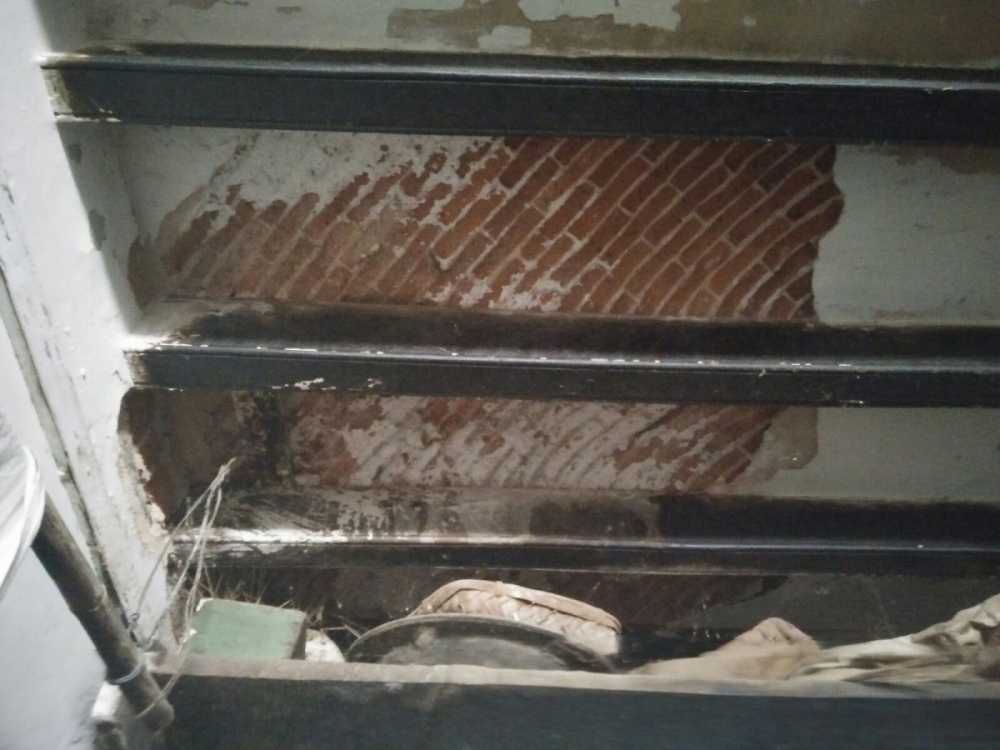The word achi regionally means.
Madras terrace roof history.
The two layers have a furring piece in between to provide the necessary low slope.
Brick bat concrete of thickness 75mm to be laid rammed and allow to set for three days.
Madras terrace roof wooden flat roof roof having slope less than 1 in 100 28.
The madras terrace method of construction in many ways incorporated the best of all known roof forms avoiding their pitfalls.
The term often applies to a raised area in front of a monumental building or structure which is usually reached by a grand staircase and surrounded by a balustrade.
It involves the use of wood and aachikal a locally termed material which is a small brick and lime plaster.
Wooden beams are used to cover the span.
Terraces are used primarily for leisure activity such as sitting strolling or resting.
Thatch roofs were not fireproof roofs with twigs and branches had.
Madras terrace roofing 18.
Madras terrace provides a personal touch to architecture and its works.
According to the 1981 karnataka gazetteer the original fort was built in about 1501 by mallabhaire gowda of avati with the consent of deva a feudatory at devanadoddi who changed the name of the place to devanahalli.
House in devanahalli fort bangalore karnataka the house is located on the main street inside the fort built in 1750s in devanahalli.
This is a traditional flooring technique found particularly practiced in south india.
O wooden beams are used to cover the span over this wooden beams are laid at intervals of.
Introduction o this is the traditional roofing found in south india.
O it involves the use of wood aachikal a locally available material which is a small brick and lime plaster.
Sufficient slope is provided terrace bricks of size 15x75x25mm to be laid diagonally.
At the core of madras terrace is architecture based on sustainability providing an eco friendly environment and making our clients enjoy their living experience.
As long as man has been around there have been a need for shelter and protection from the elements.
One hundred years later concrete roof tiles were first used when first introduced in the early 1900 s the practice was to add a pigment to resemble clay roofing tiles.
This roofing has the same advantages and disadvantages associated with a low slope roof.
Commonly used for small spans.
Some of them are as follows.
O these are commonly used for small spans.
Madras terrace roof steps in construction teak wood joist are placed on rolled steel joists.

